

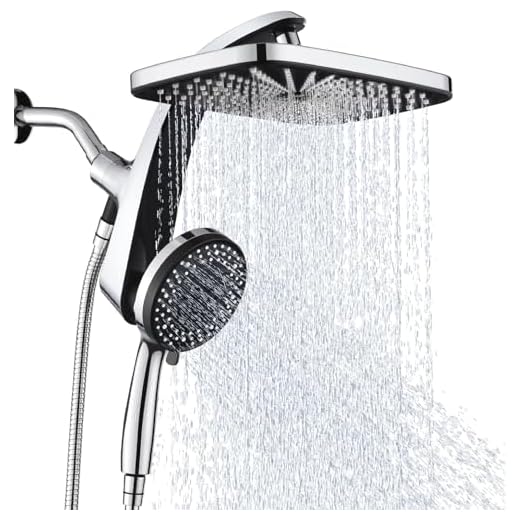

First and foremost, a gentle pet-friendly shampoo is a must-have. Opt for a formula specifically designed for furry companions, as human products can irritate their skin.
Next, prepare the bathing area with a non-slip mat to ensure safety and comfort. A small washbasin or tub works well, providing enough space while preventing any escape attempts.
A handheld showerhead or a cup can help control the flow of water, making it easier to rinse off soap without overwhelming your lovely companion. Make sure the water is lukewarm to avoid any discomfort.
Additionally, having a soft towel on hand for drying is crucial. Gently wrap your furry friend up post-bath to keep them warm and cozy.
Lastly, consider rewarding them with a tasty treat afterward. This helps create a positive association with the experience, ensuring they feel loved and secure.
Tools for Bathing Felines
For a successful washing experience, consider the following items:
| Item | Description |
|---|---|
| Pet Shampoo | Choose a gentle, hypoallergenic formula designed specifically for animals. |
| Towels | Soft, absorbent towels help dry fur quickly and comfortably. |
| Non-slip Mat | Place this in the tub or sink to prevent slipping during the wash. |
| Cups or Spray Hose | For rinsing, ensure a gentle flow of warm water to avoid startling. |
| Brush | Grooming before washing reduces tangles and loose fur. |
A gentle approach is key, as many felines dislike water. Be prepared with treats to reward good behavior. If your furry friend has health issues, consult a vet for any specific requirements like treatment for tapeworms in cats.
Choosing the Right Feline Shampoo
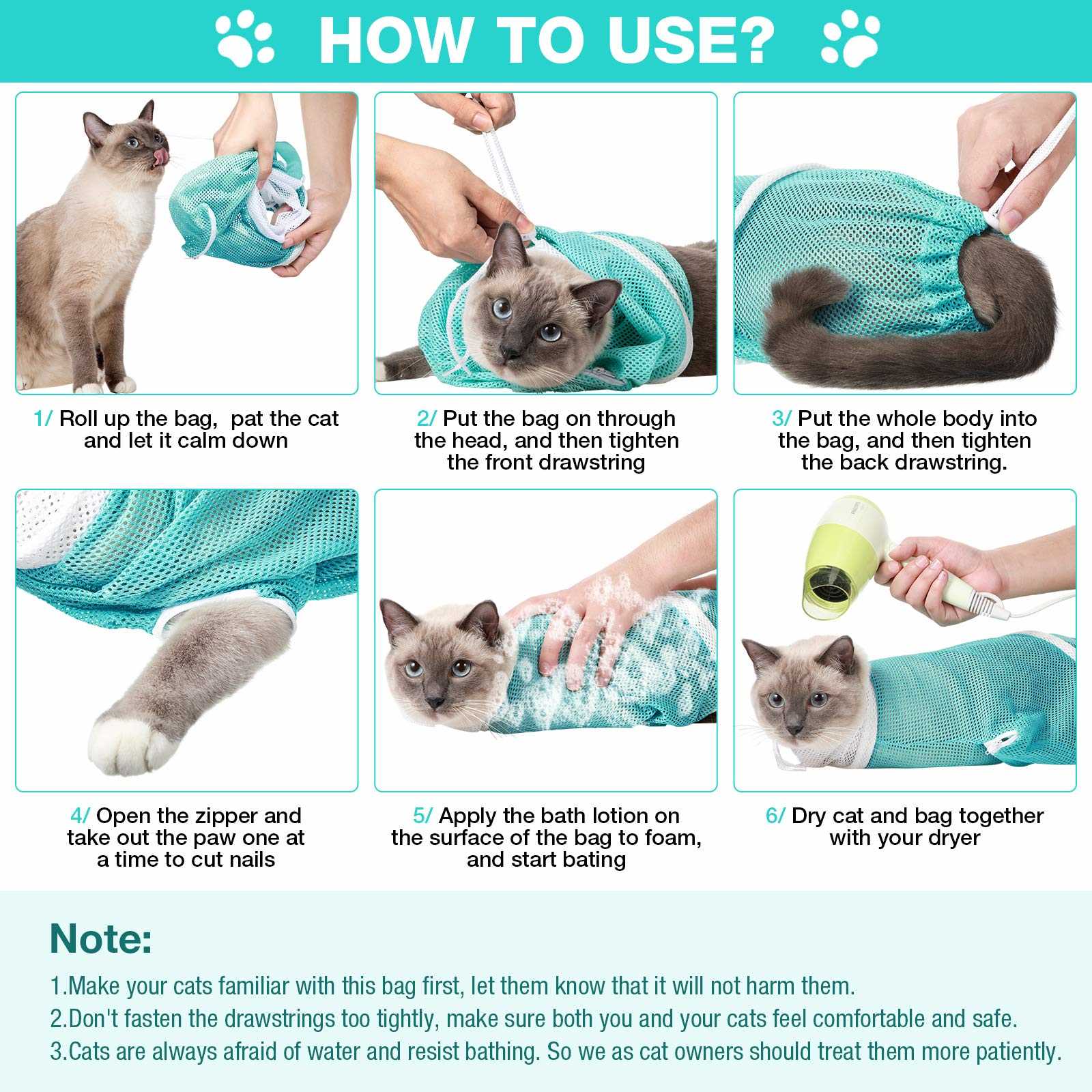
For a clean and fresh feel, opt for a shampoo specifically formulated for my kind. Look for products that are free from harmful chemicals, parabens, and sulfates to ensure a gentle cleanse. Natural ingredients like oatmeal or aloe vera can soothe sensitive skin while providing moisture.
Always prioritize pH-balanced formulas, as they are designed to maintain the natural acidity of my skin. This helps prevent irritation and dryness. If I have any skin conditions, consider consulting a vet for specialized options that cater to my specific needs.
Fragrance-free varieties are preferable; strong scents can be overwhelming for my sensitive nose. Additionally, hypoallergenic shampoos are great for minimizing reactions, especially if I have allergies.
When selecting a product, read reviews and seek recommendations from fellow pet owners or professionals. A shampoo that has been well-received by others is more likely to work well in my grooming routine.
Lastly, always perform a patch test before full application to ensure no adverse reactions occur. A small dab on my skin will help confirm that all is well before the entire wash.
Preparing Your Bathing Area
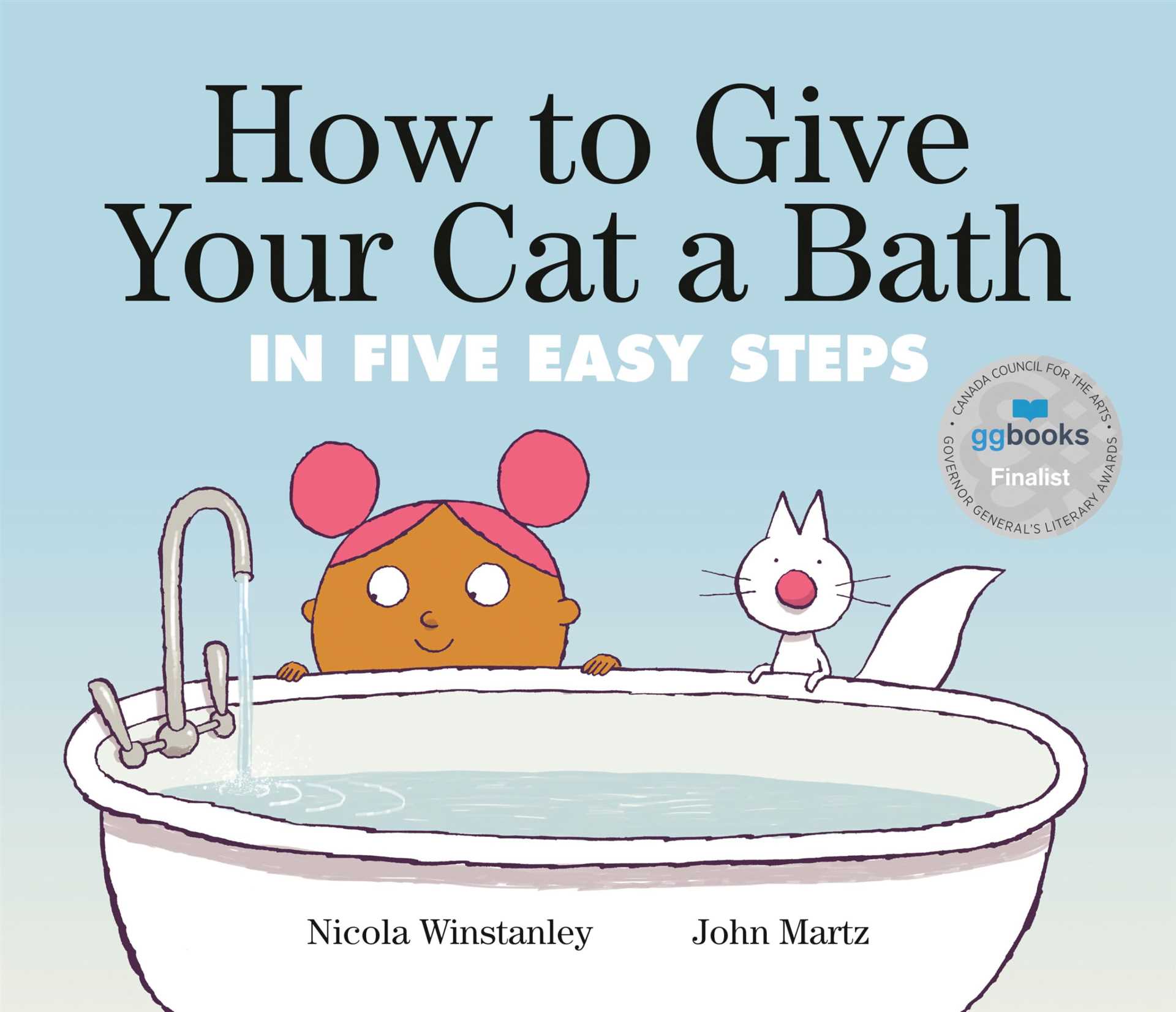
Clear a space in the bathroom or laundry room, ensuring minimal distractions. A non-slip mat is essential to prevent accidents. I prefer using a shallow tub or a large sink; it makes me feel secure. Gather towels nearby to dry off quickly after the process.
Fill the tub or sink with lukewarm water. A gentle showerhead works wonders for rinsing, but if that’s not available, a cup can be handy for pouring water. Keep the temperature comfortable; too hot or cold may cause discomfort.
Have everything within reach: shampoo, brushes, and treats. A rubber duck or a favorite toy can help ease anxiety. It’s also handy to have a second person available to assist, especially with wrangling me if I decide to escape!
Ensure the environment is calm. Soft music or quiet surroundings can help create a relaxing atmosphere. For those curious about lawn care, check out this link: are einhell lawn mowers any good. A clean and organized space makes the entire experience smoother for both of us.
Tools for Bathing Your Feline Friend
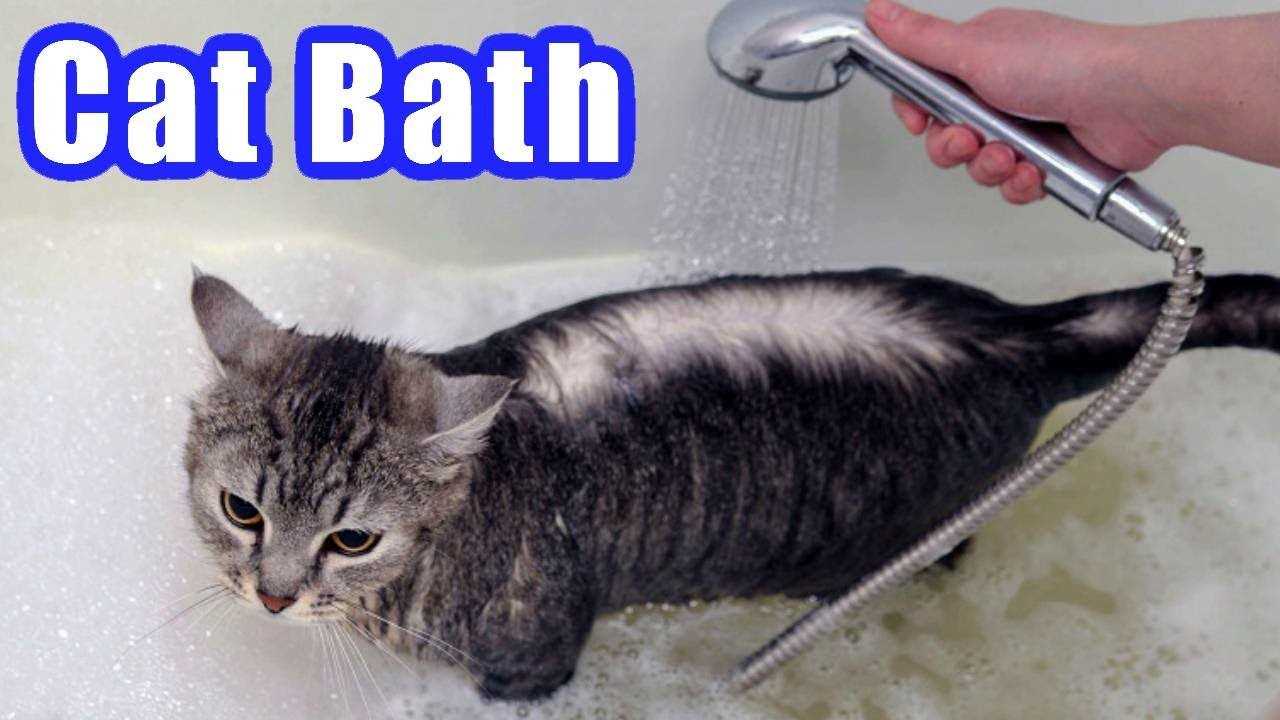
To make the washing experience smoother, having the right equipment is key. Consider a sturdy, non-slip surface in your bathing area, like a rubber mat. This helps prevent slipping and keeps everyone safe.
Water Container
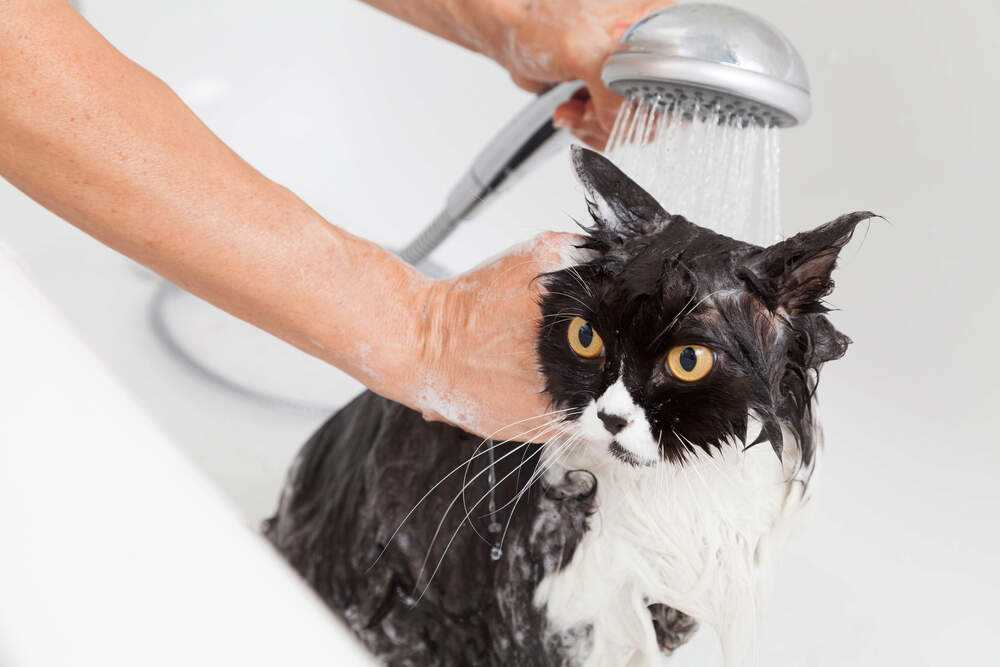
A handheld shower sprayer or a cup works great for rinsing. This allows for better control over water flow and avoids overwhelming your furry friend.
Grooming Supplies
Before getting wet, brushing is essential. A slicker brush or comb removes loose fur and mats, reducing the mess during the process. After the wash, a soft towel helps in drying off quickly. For extra fluffiness, a cat-safe blow dryer set to low heat can be beneficial, but ensure your companion is comfortable with it.
Having treats on hand can help ease any anxiety. Positive reinforcement makes the experience more enjoyable for both of us!
Drying After the Wash
After the splashing fun, drying off is crucial. Here’s how to get it done right:
- Towels: Soft, absorbent towels work best. I prefer ones without rough textures that could irritate my fur.
- Gentle Patting: Avoid vigorous rubbing. Instead, gently pat my coat dry to soak up excess moisture.
- Drying Blower: If I’m comfortable with it, a low-heat pet dryer can speed up the drying process. Keep it at a safe distance to prevent overheating.
Make sure to check for any missed damp spots, especially around the ears, underbelly, and paws. A thorough check ensures I stay warm and cozy.
During this process, I appreciate calm surroundings. A quiet environment helps me relax and feel safe. If I get fidgety, a little treat can do wonders to create a positive association with drying.
Don’t forget to reward me with some playtime or my favorite snack afterwards. It makes the whole experience more enjoyable!
Alternatives to Traditional Bathing
Consider using pet wipes specifically designed for feline friends. These wipes can effectively remove dirt and odors without the need for water. Look for hypoallergenic options to avoid skin irritation.
Another option is dry shampoo formulated for pets. This powder absorbs oils and freshens up fur. Just sprinkle it on, rub it in, and brush it out. It’s a mess-free way to keep the coat clean.
For those who prefer a more natural approach, try a damp cloth or sponge. Lightly moisten it with warm water and gently wipe down the fur. This method is particularly useful for spot cleaning or addressing specific areas.
Regular grooming sessions with a brush can also minimize the need for a full wash. Brushing removes loose hair and debris, promoting a healthy coat. It’s an excellent way to bond while keeping things tidy.
If your feline has a specific area that needs attention, consider using a rinseless pet shampoo. This allows for cleaning without rinsing off with water, making it convenient and less stressful.









